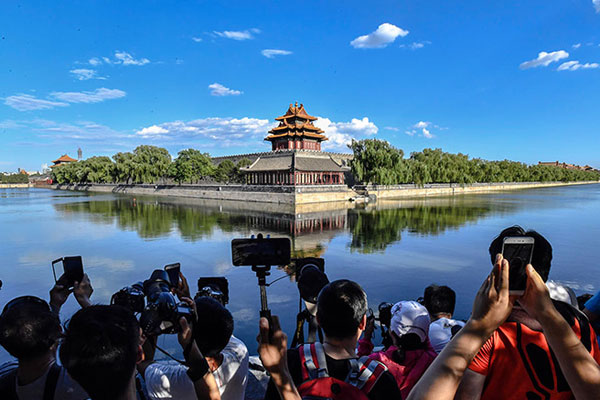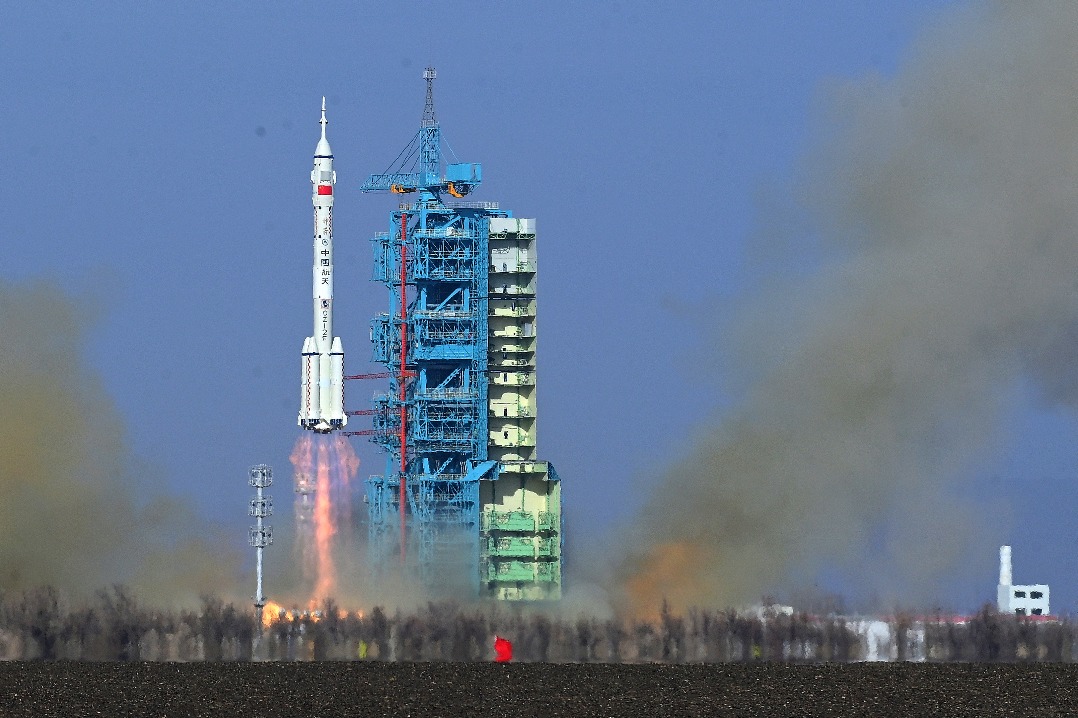Beijing sees PM2.5 density drop in H1


BEIJING - The average density of PM2.5 in Beijing in the first half this year was 56 micrograms per cubic meter, down 15.2 percent from the same period last year, the city's environmental law enforcement authorities said Thursday.
The Beijing Municipal Environmental Protection Bureau said the level is the lowest on record for the period, during which eight days of heavy pollution were recorded, as against 17 days in the first half year 2017.
Wang Yankui, spokesperson for the Beijing Environmental Inspection Unit, said precision has been highlighted in fighting pollution.
"Law enforcement officials have used mobile phone apps to trace the exact location of certain pollutants. With technical support, the efficiency of law enforcement has been greatly raised," Wang said.
A total of 106 million yuan ($15.7 million) of fines were imposed in the first half year, according to the environmental bureau.
The Chinese capital aims to cut the concentration of hazardous fine particle matter PM2.5 to 56 micrograms per cubic meter by 2020 and 35 micrograms per cubic meter by 2030, according to a blueprint for the city's overall planning (2016-2030).
- View of China's Huangyan Island national nature reserve
- Track-laying for Harbin-Yichun high-speed railway completes
- China successfully debuts safety tech for lithium battery air cargo
- China decries prejudicial nature of some overseas-made games
- Chinese researchers help realize non-invasive insulin delivery through skin
- 159th joint patrol of Mekong River begins





































